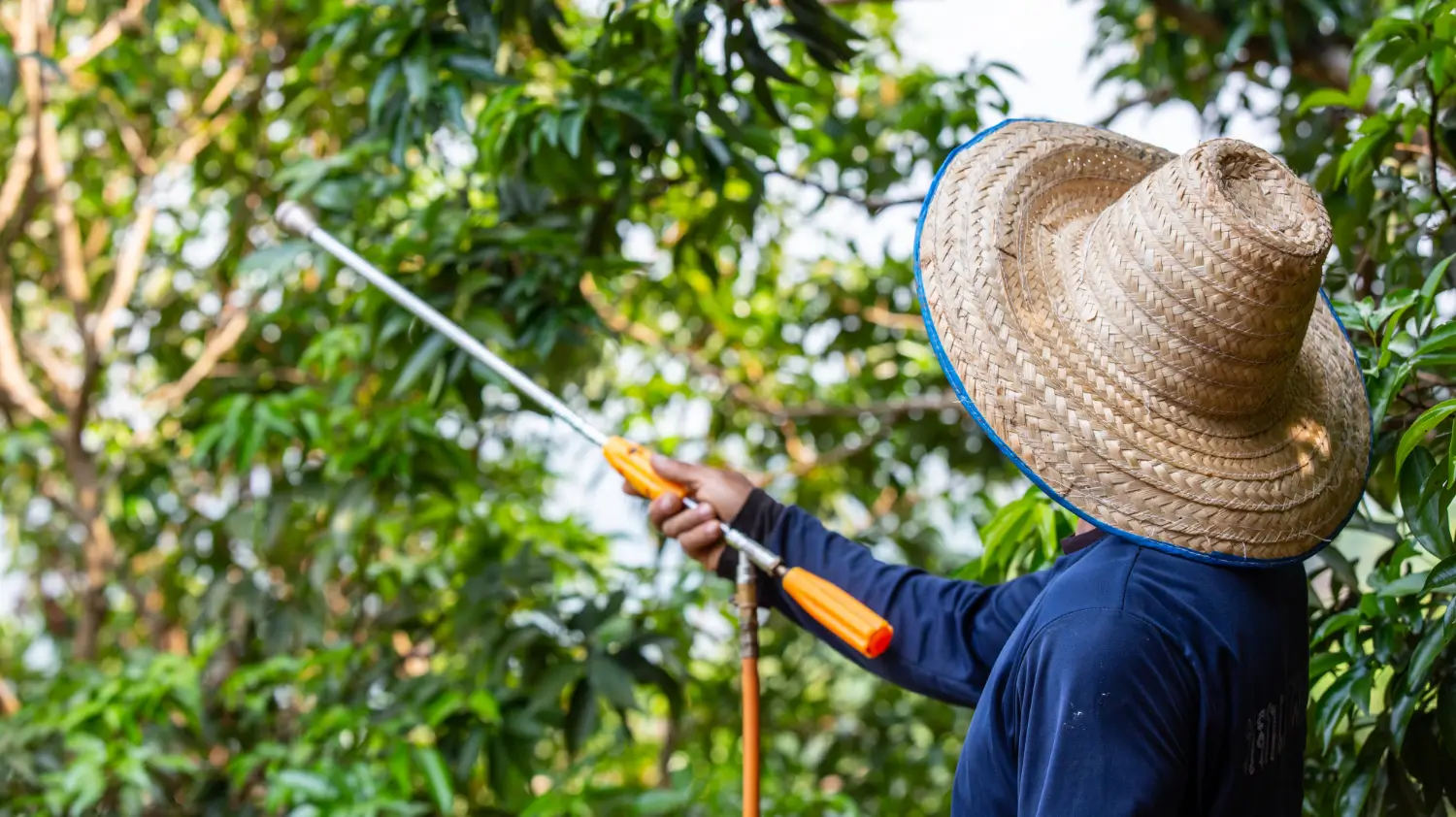
Residential & Commercial Pest Control

Residential & Commercial Pest Control
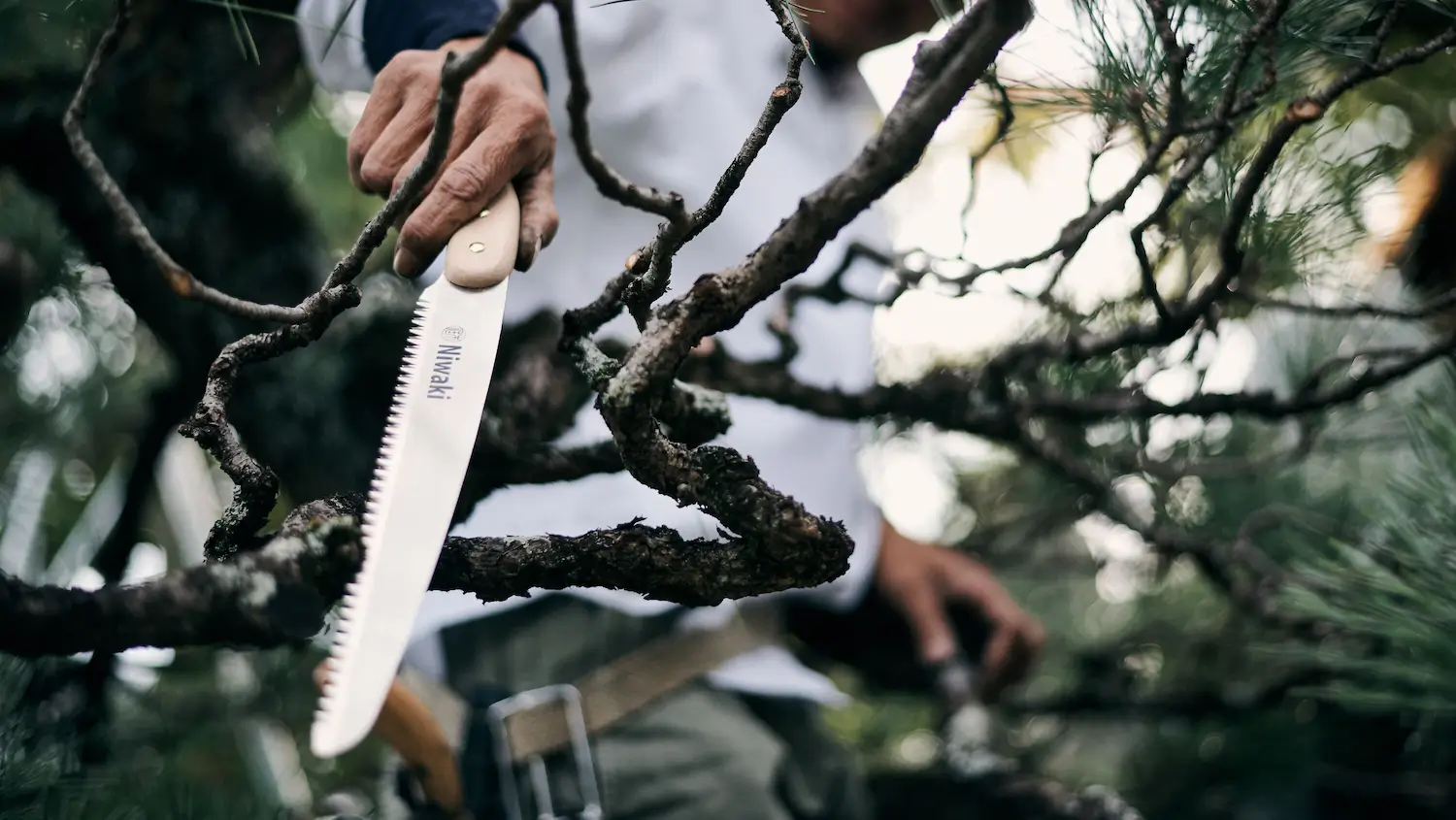
Maintenance & Equipment Tips

Smart Irrigation Systems
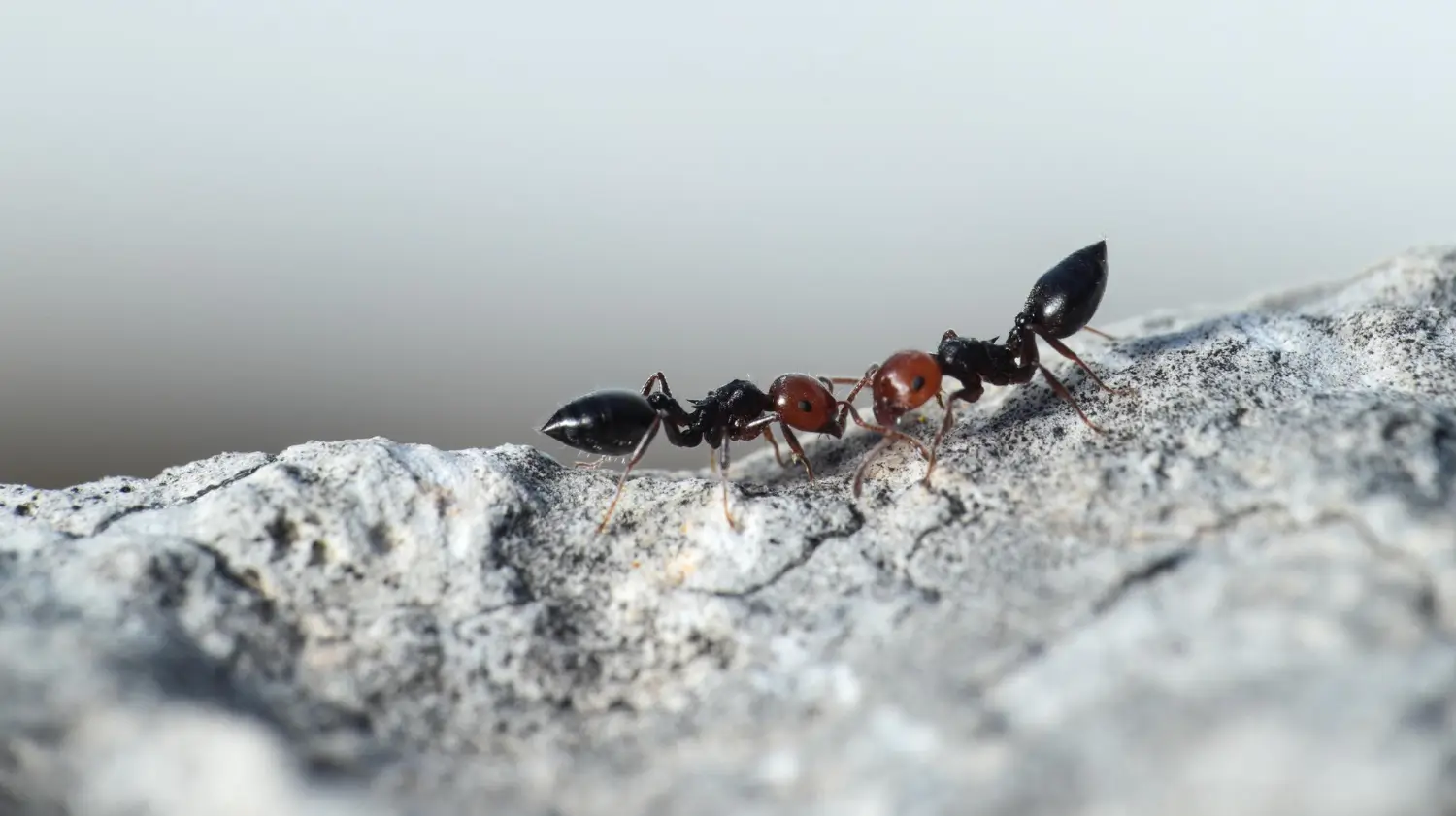
Residential & Commercial Pest Control
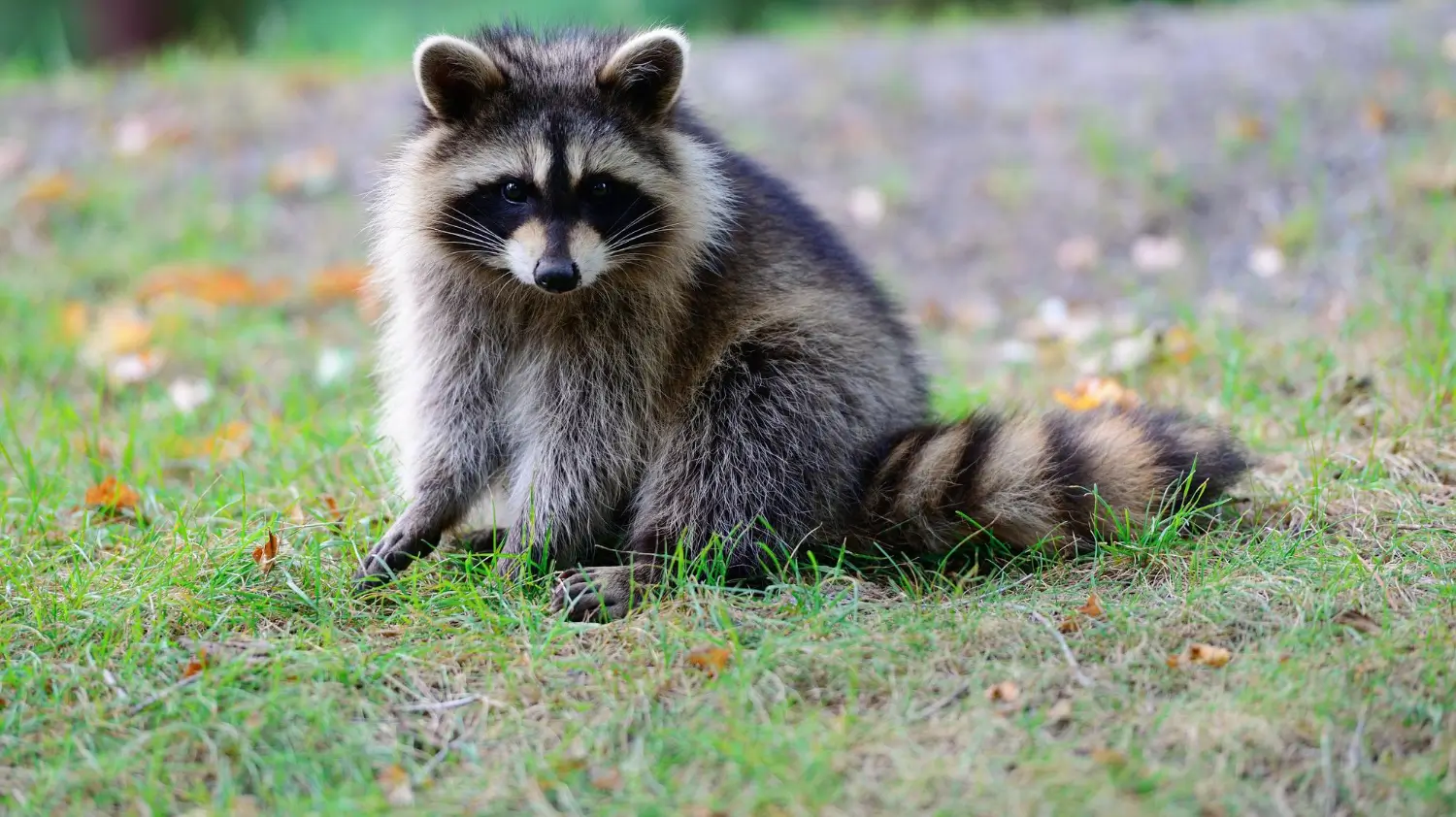
Organic & Natural Pest Solutions
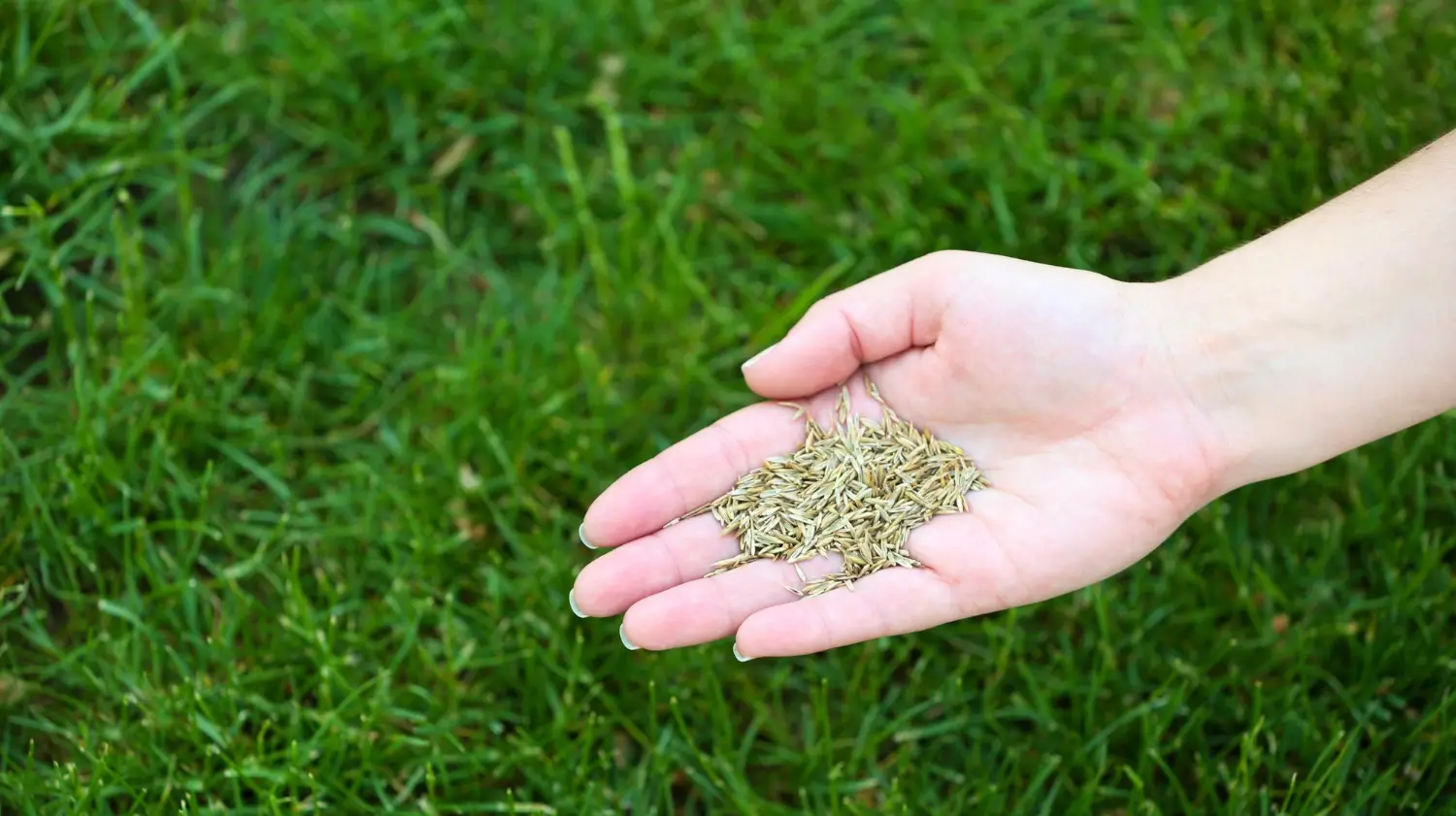
Homeowners desire a splendid, green lawn because it enhances outdoor spaces and, thus, increases their aesthetics and value. A nice lawn can serve as a great area for lounging, fun or enhance the aesthetic value of the house. But in order to obtain a thick and vibrant lawn, it all starts with the right grass seed.
Selecting grass seed is more than just choosing whatever is offered. The kind of seed determines the condition of the lawn, how much care it requires, and how well it drinks over whether sun or rain. Choosing the right grass variety can make a world of difference, transforming a thin, patchy lawn into one that is thick, evenly green and resilient to drought, pests and heavy foot traffic. Growcycle offers several grass seed types suitable for different lawns and climates.
The type of grass seed that grows best in a specific area is determined by the environmental factors. Grass growth and how much maintenance it needs depends on factors like climate and soil conditions.
Grass grows well within the appropriate climate. All of these affect what kind of grass will grow best.
1. Temperature Ranges
Some grasses thrive in cool weather and some prefer warm. Cool-season grasses such as Kentucky bluegrass and fescue are suited for regions that have cold winters and moderate summers. Warm-season grasses like Bermuda and Zoysia thrive in hot areas and are tolerable to high hot temperatures. Grass growth rate and water consumption are seasonal.
2. Rainfall Patterns
Regular rainfall suits lots of grass types, but in dry areas there is need to divide for drought resistance. Drought-tolerant grasses like tall fescue and buffalo grass require less water and can endure dry periods. Not only can overwatering or poor drainage cause root rot, but it’s also important to choose a variety that suits local rainfall levels.
3. Humidity Levels
In humid climates, grass susceptible to fungal diseases must be avoided by using resistant varieties, like St. Augustine grass. Cow pastures require grasses that hold water, like Bermuda grass and fine fescue. Choosing the right type of grass for the local humidity levels will help minimize maintenance problems and keep the lawn healthy.
Depending on the soil type in a lawn, will contribute how well the grass seeds grow and germinate. Soil texture, drainage, and nutrient content determine whether grass can grow strong roots and remain healthy over time.
1. Soil Texture and Drainage
Sandy soil drains rapidly, but doesn’t retain nutrients well. It works best for drought-resistant grasses such as Bermuda grass. Clay soil retains water but can get compacted, making it difficult for roots to grow. Bermuda grass does best in this soil, although the fescue and ryegrass do also perform the best in this soil. Loamy soil is a combination of sand, silt, and clay, providing the right balance best for most varieties of grass.
2. pH Levels and Nutrient Content
Grass prefers slightly acidic to neutral soil (6.0–7.0 pH). A soil test can show pH and nutrient levels and help select the ideal fertilizer or soil amendments. Lime can increase pH (or make the soil more alkaline) and sulfur or peat moss can lower it.
3. Regional Variations
Some regions have naturally horrible or rocky soil that needs additional preparation to plant grass seed. For example, the soil in coastal areas may be sandy and salty and require salt-resistant types of grasses, such as Seashore Paspalum. Urban places tend to have compacted soil, which is improved by being aerated before seeding.
Choosing the best grass seed requires understanding key traits that will determine how well it grows and how much maintenance it will require. Drought resistance, growth rate, light requirements, and maintenance needs are among the many factors that determine the best type of plants to grow.
A key consideration is drought resistance, particularly in areas where water is scarce or regularly dry periods occur. Certain grass types need frequent watering, while some can manage without much water.
The varieties of grass grow at different speeds, which means that some lawns fill in more quickly, while others do so more thickly and take longer to green up as the seasons change.
Different grass types have different needs in terms of sunlight. Selecting a seed that will thrive in the yard’s light conditions helps avoid thinning or patchy growth.
Different types of grass have varying degrees of care, which dictates mowing, watering, and fertilizing schedules.
Grass types fall into two basic types which are cool-season grasses for colder climates, and warm-season grasses for the hotter parts of the country. Specialty blends are also available as solutions for unique conditions like drought, shade or heavy foot traffic.
Cool-season grasses thrive in areas with cold winters and moderate summers. These types stay green for the majority of the year, but they can go dormant in extreme heat.
1. Kentucky Bluegrass
If looking for a lawn that is thick, dense, and deep green, Kentucky Bluegrass is one of the most popular choices. This is a type that easily self-repairs, making it able to recover from damage from paws and feet. In this grass grows best in the northern regions, which are characterized by cool winters and warm summers. It likes moderately moist well-drained, fertile soil to keep it looking lush.
2. Perennial Ryegrass
One of the fastest-growing cool-season grasses, this grass is a great choice for overseeding it or repairing damaged lawns. Its enviable resilience makes it a popular choice in sports fields, and when there is high traffic and a quick recovery is required. Though it adjusts to different soil types, it needs watering from time to time to keep it evergreen and vibrant.
3. Tall Fescue
Due to its deep root system, Tall Fescue is much more drought resistant than similar cool-season grasses. It will flourish in broad daylight, as well as in partial shade, so may fit diverse conditions in the lawn. It is a cool-season grass that has low fertilization and mowing needs even in comparison to other cool-season grasses, resulting in a grass that is low-maintenance but durable.
Warm-season grasses thrive in warm climates and typically go dormant when it’s cooler. They’re often more drought-resistant than cool-season varieties.
1. Bermuda Grass
One of the most heat-tolerant grasses is Bermuda Grass, which thrives in bright light and high temperatures. If kept well, it establishes a thick, luscious lawn that can withstand high footfall. Still, Bermuda Grass grows relatively quickly and needs to be mowed frequently to prevent it from over spreading and looking ragged.
2. Zoysia Grass
Zoysia Grass is hardy, heat-loving, drought-tolerant and moderately shade tolerant warm-season grass. It needs less watering and fertilization, making it a good option for homeowners who want a lawn that doesn't require its time. Zoysia Grass creates a lush, carpet-soft turf, elevating not only the aesthetics of the landscape but also usability.
3. St. Augustine Grass
This grass is known as a good riser that grew rich lawn in a manner of its own and suppresses weed formation in the lawn. It can tolerate partial shade, unlike many other warm-season grasses, so it also can be used in areas not receiving full direct sunlight. St. Augustine Grass, on the other hand, should be mowed often so that it continues to look healthy and retain its dark green color, along with having to be fertilized throughout the year as well.
These top grass seed varieties on Growcycle are perfect for helping homeowners achieve that amazing lawn.
This high-quality seed mix produces deep roots to offer exceptional drought tolerance and the ability to thrive in a wide range of soils. Crown Jewel Elite Tall Fescue features:
Best for: Homeowners seeking a hardy, low-maintenance lawn that does well in a variety of conditions.
This is a good seed mix if the goal is rapid lawn coverage. For fast germination and establishment, it combines annual ryegrass, tall fescue, and fine fescue. Features include:
Best for: Quick lawn repair or new lawn establishment with a fast-growing grass seed
Specifically formulated for the varying climates of Southern California, Marathon 1 is among the most durable and visually attractive grass seeds on the market. Benefits include:
Best for: Homeowners living in Southern California and other areas with variable climate conditions.
Many lawns contain shaded areas that can’t support a thick carpet of healthy grass. Lesco Shade Grass Seed is designed to grow well in low-light conditions, with the following features:
Best for: Very shady lawns or areas with very little direct sunlight.
For lawns and spaces that are a mix of sun and shade, Titan RX is a great blend to consider. Its key features include:
Best for: The gardener looking for a grass seed that will thrive in sunny or shady patches.
The green and healthy lawn starts with appropriate plantation and regular caring. Good soil preparation and planting, watering, and pest control practices ensure a lush, resilient lawn.
For good root development, soil preparation is essential for grass to grow well. Prepare the soil before planting, and there are a number of steps to follow:
Selecting an appropriate planting method enhances seed germination and coverage. The top three techniques are as follows:
Well-timed gardening results in healthy development and sustained beauty. Follow these best practices:
Pests and disease can weaken grass and lead to patchy, unhealthy lawns.
What is the fastest-growing grass seed?
Perennial Ryegrass germinates relatively rapidly in 7–10 days which is good for patching lawns or overseeding. This grass also grows quickly and thrives in warm climates.
Can I plant grass seed in the summer?
Warm-season grasses are best when sowed in late spring or early summer. But cool-season grasses need to be planted in early fall or spring to escape the heat of summer.
How often should I fertilize my lawn?
When planting, use a starter fertilizer. Once established, apply a balanced fertilizer every 6–8 weeks during the growing season.
The most important factor in developing a healthy, thriving lawn is selecting the best grass seed area. Homeowners can make the right choice by considering climate conditions, soil types, and key grass characteristics. By providing a range of seeds for multiple climates and grass types, Growcycle helps homeowners (working for home or from home) to create lush and resilient yards.
Disclaimer: This material is for informational purposes only and should not be relied on for legal, medical, financial, or any other form of professional advice.

Residential & Commercial Pest Control

Maintenance & Equipment Tips

Smart Irrigation Systems

Residential & Commercial Pest Control

Organic & Natural Pest Solutions
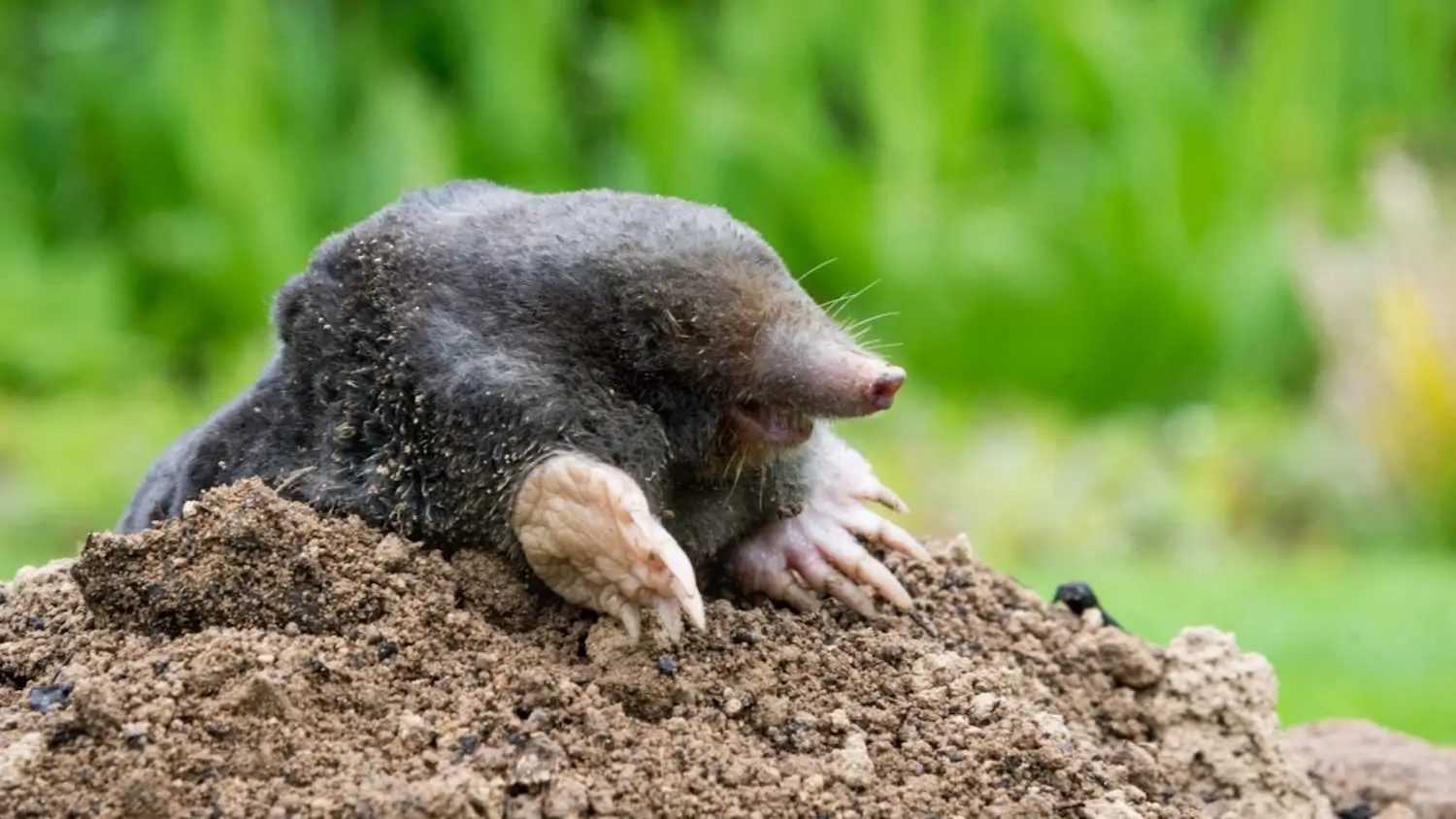
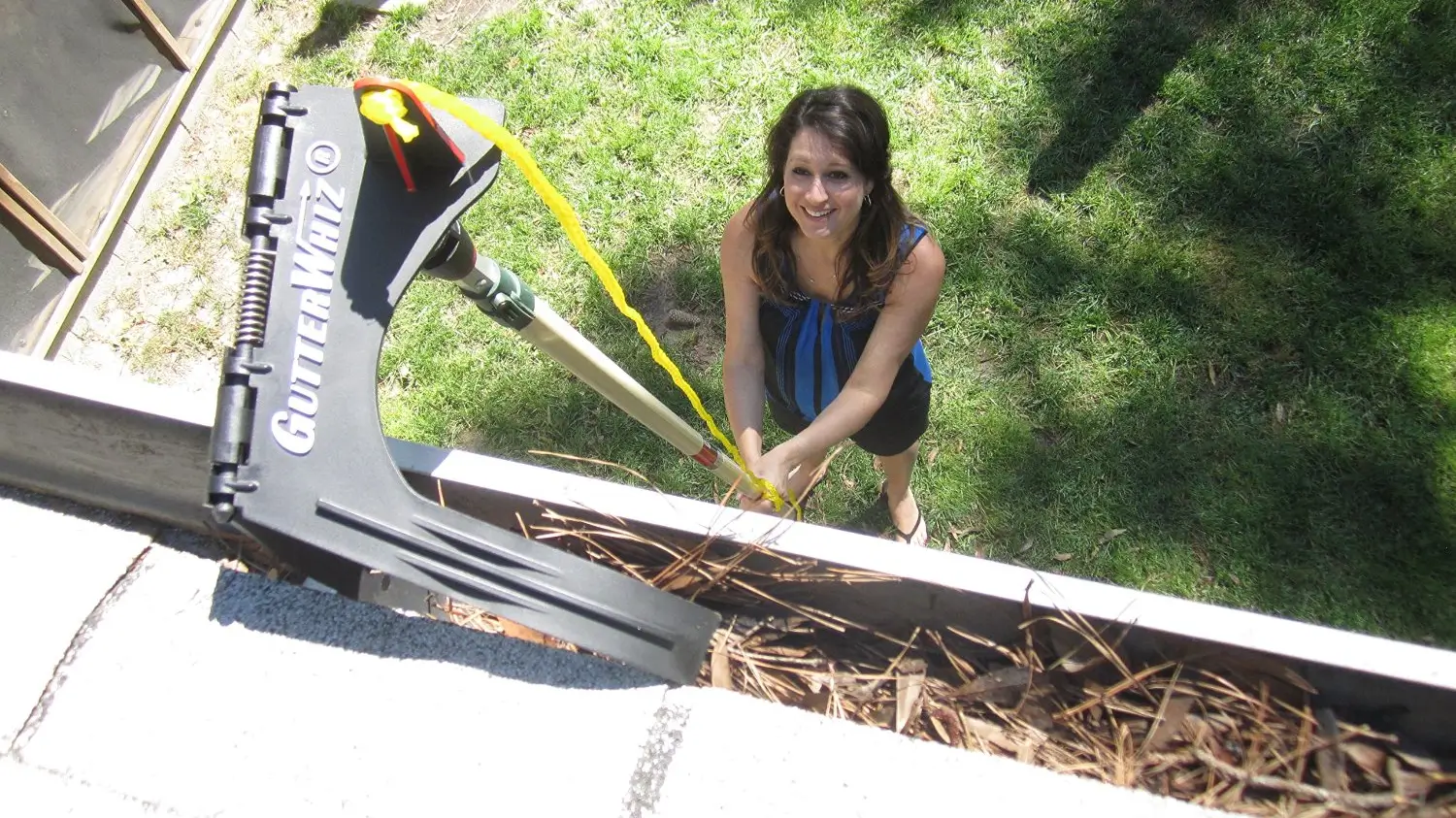


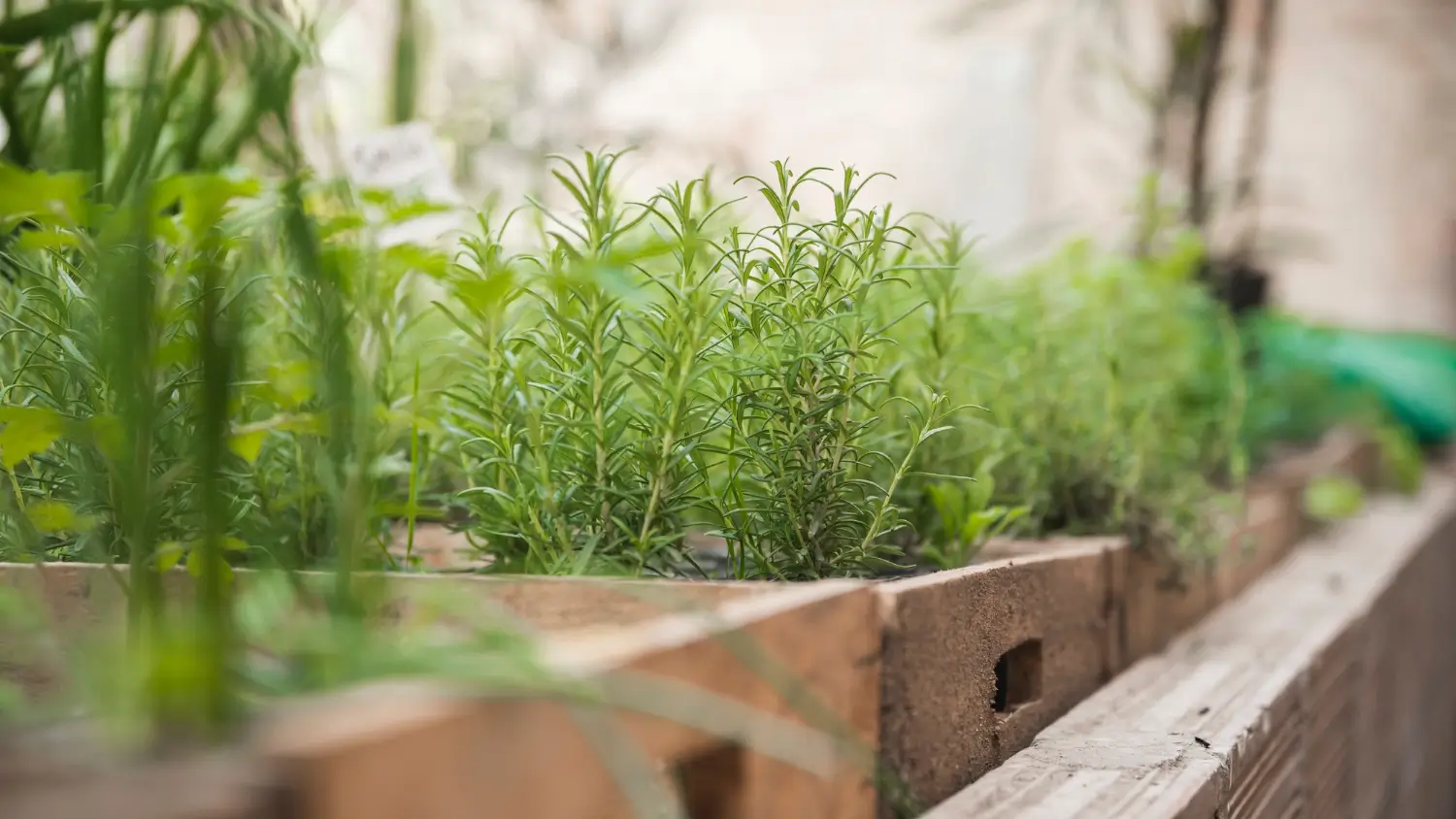

Software & Robotics
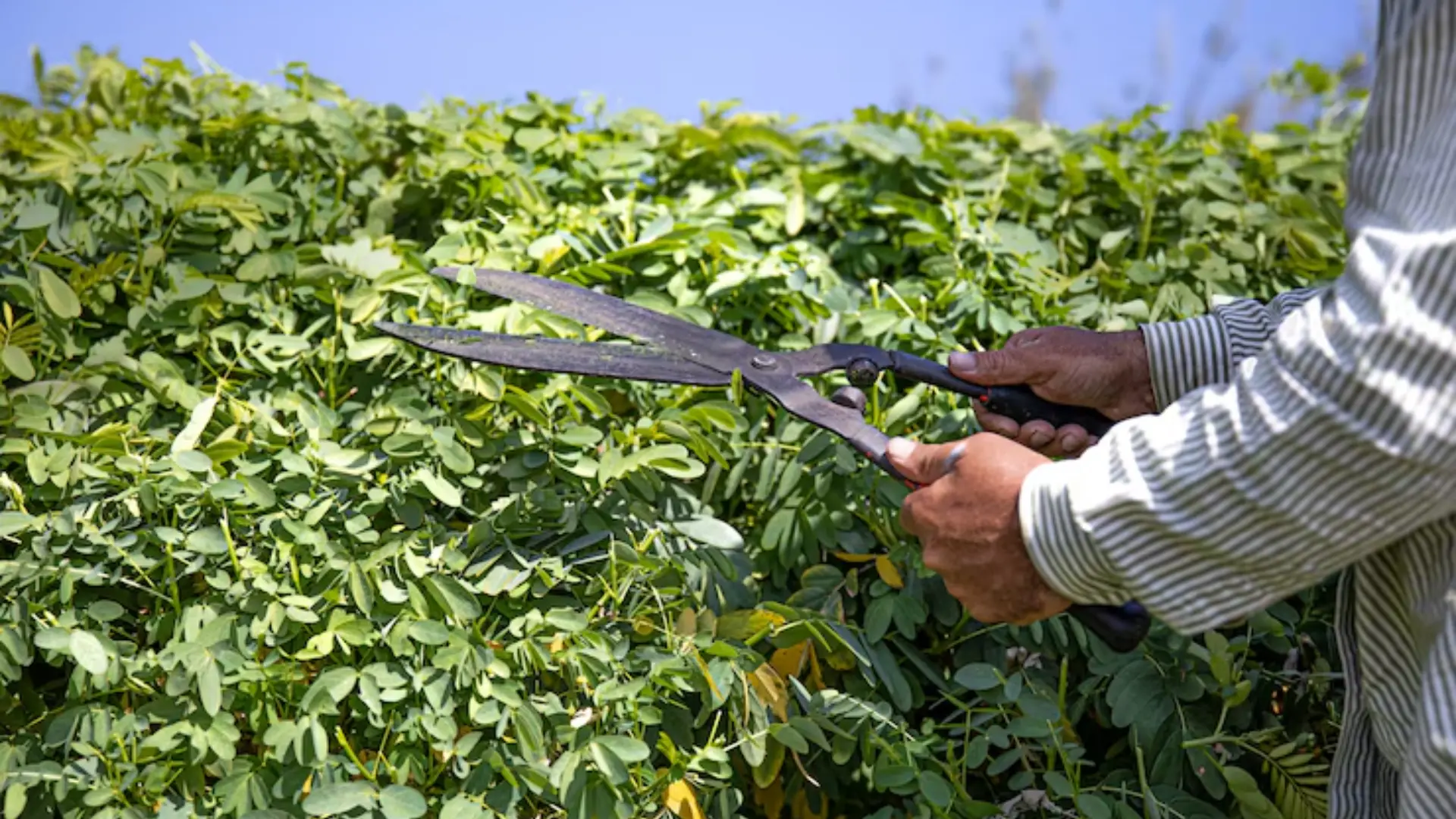
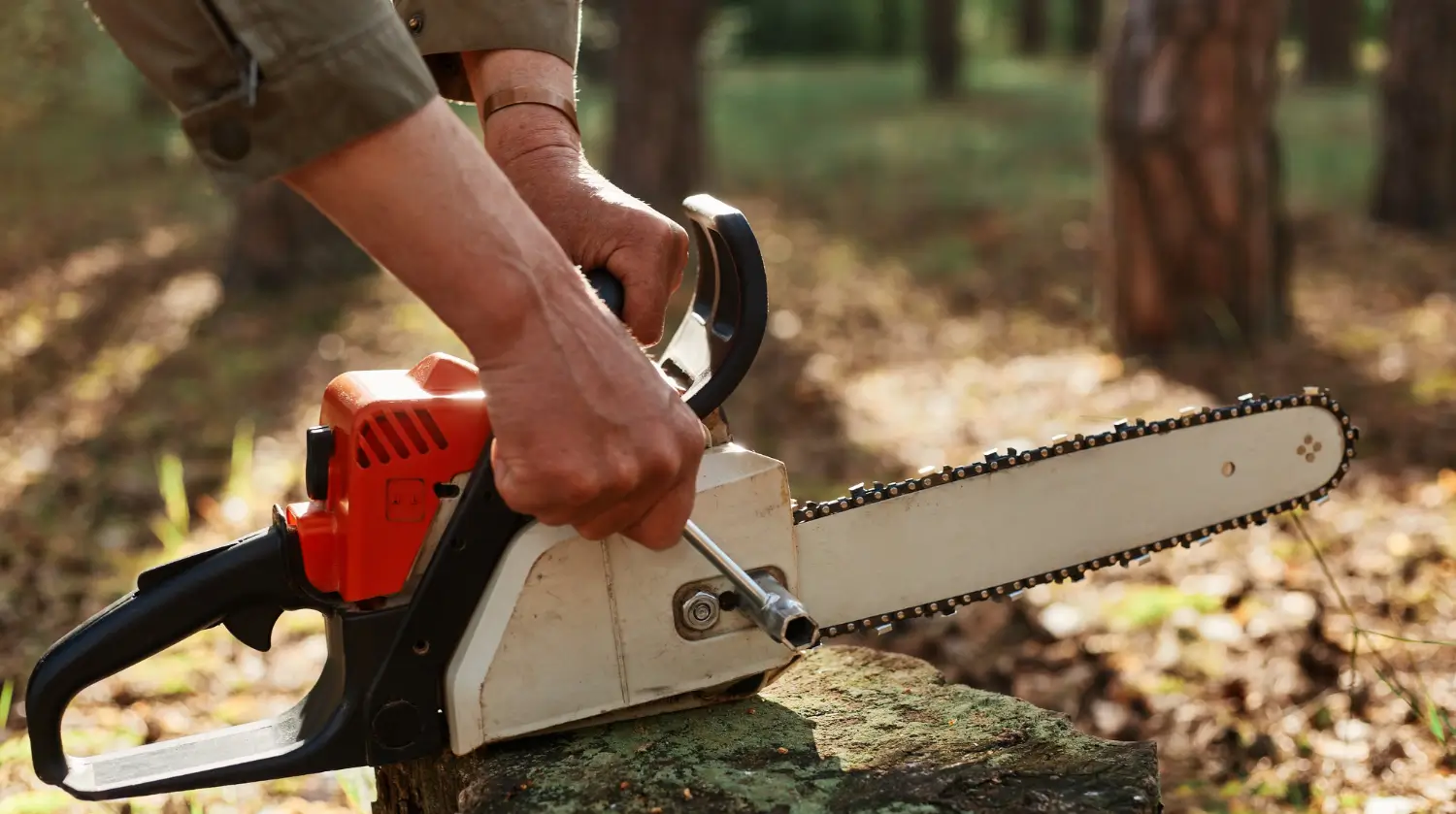


AgriTech & Farm Automation

Greenhouse Growing

Smart Garden Gadgets


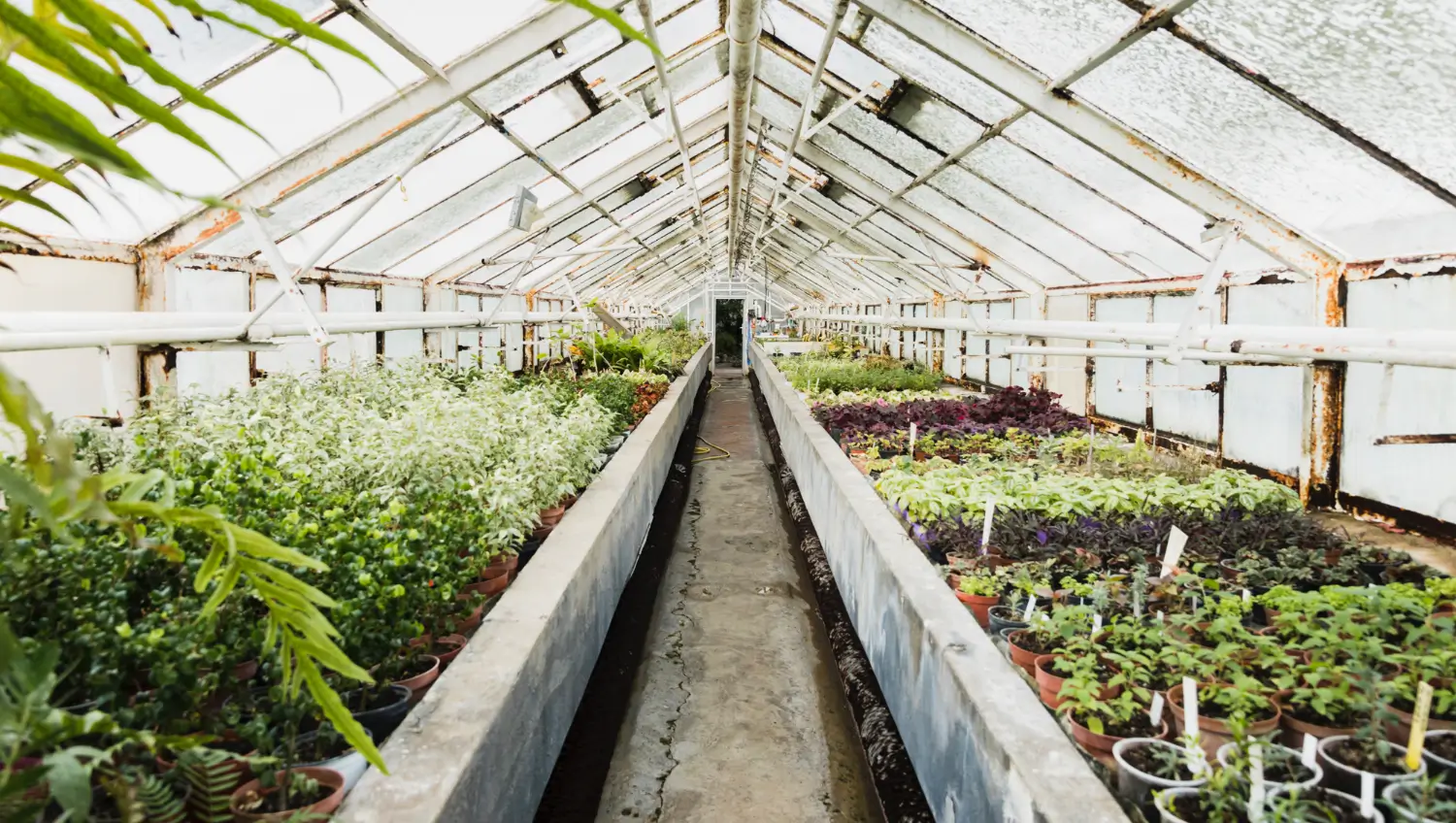
Climate

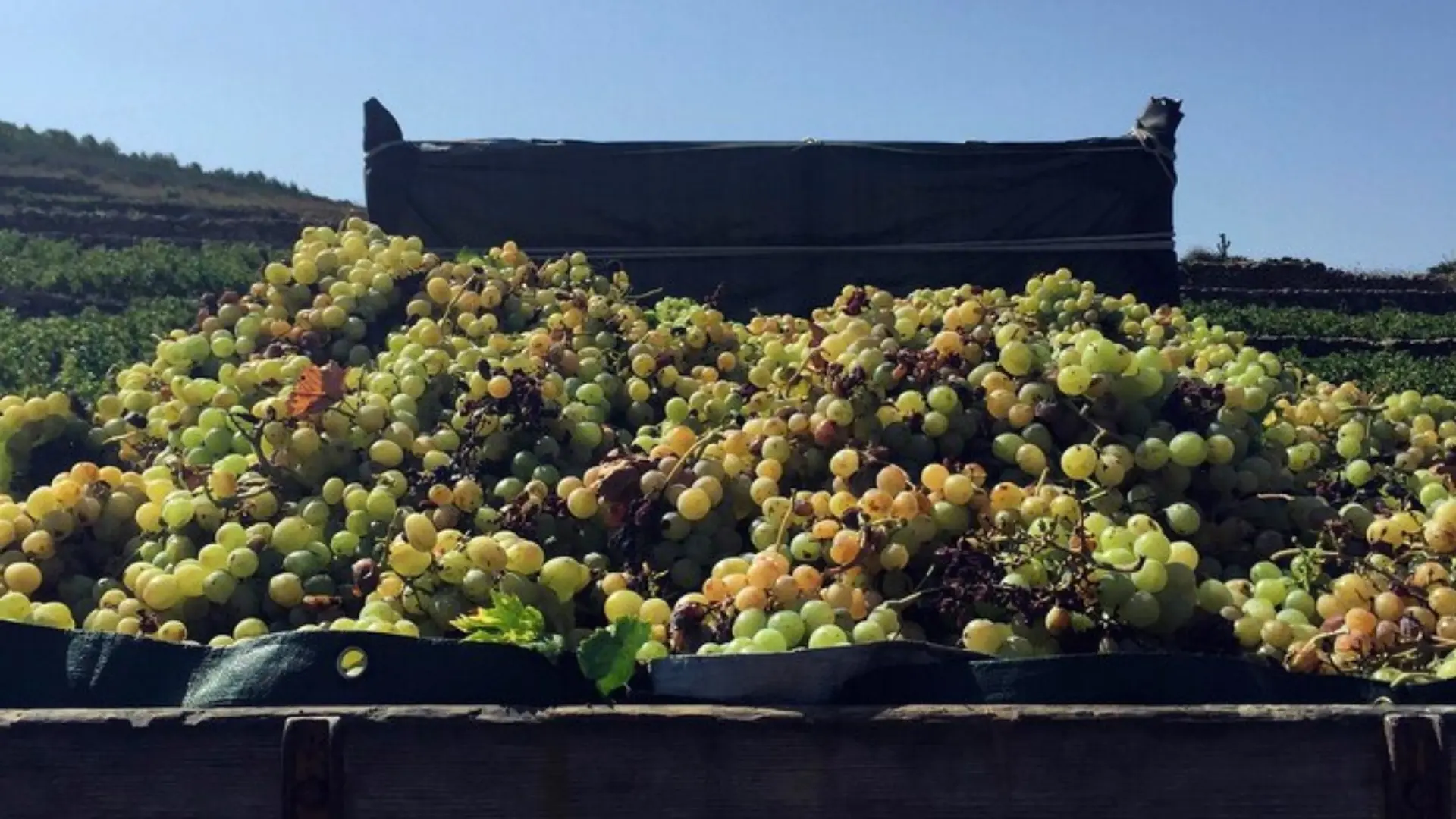

Climate
